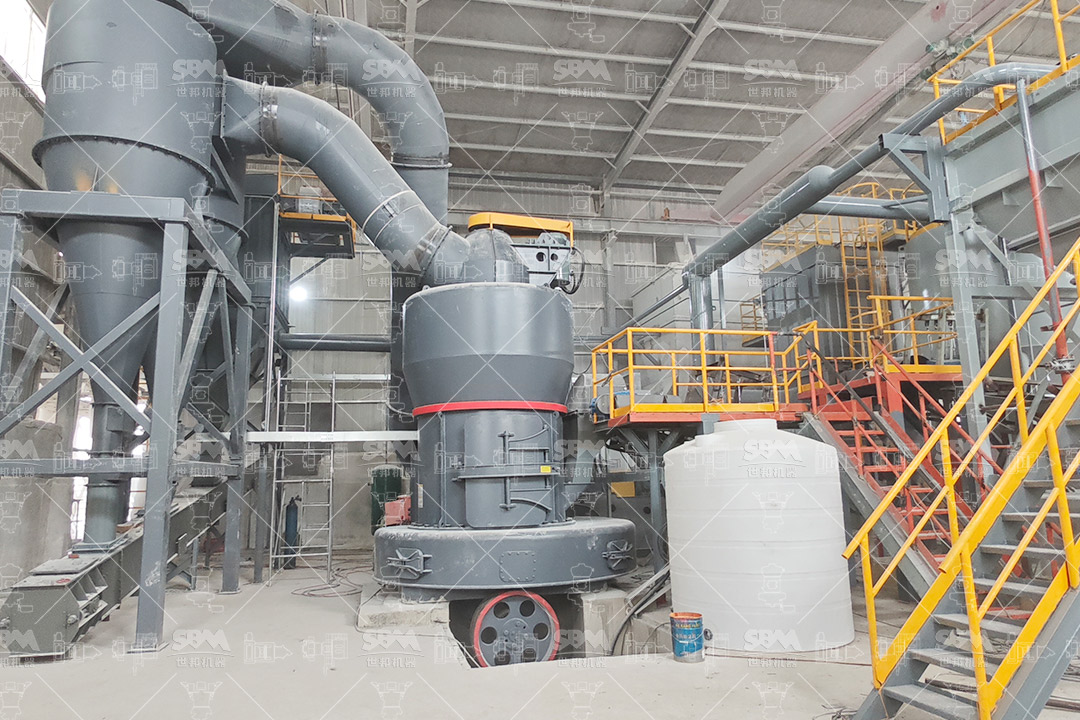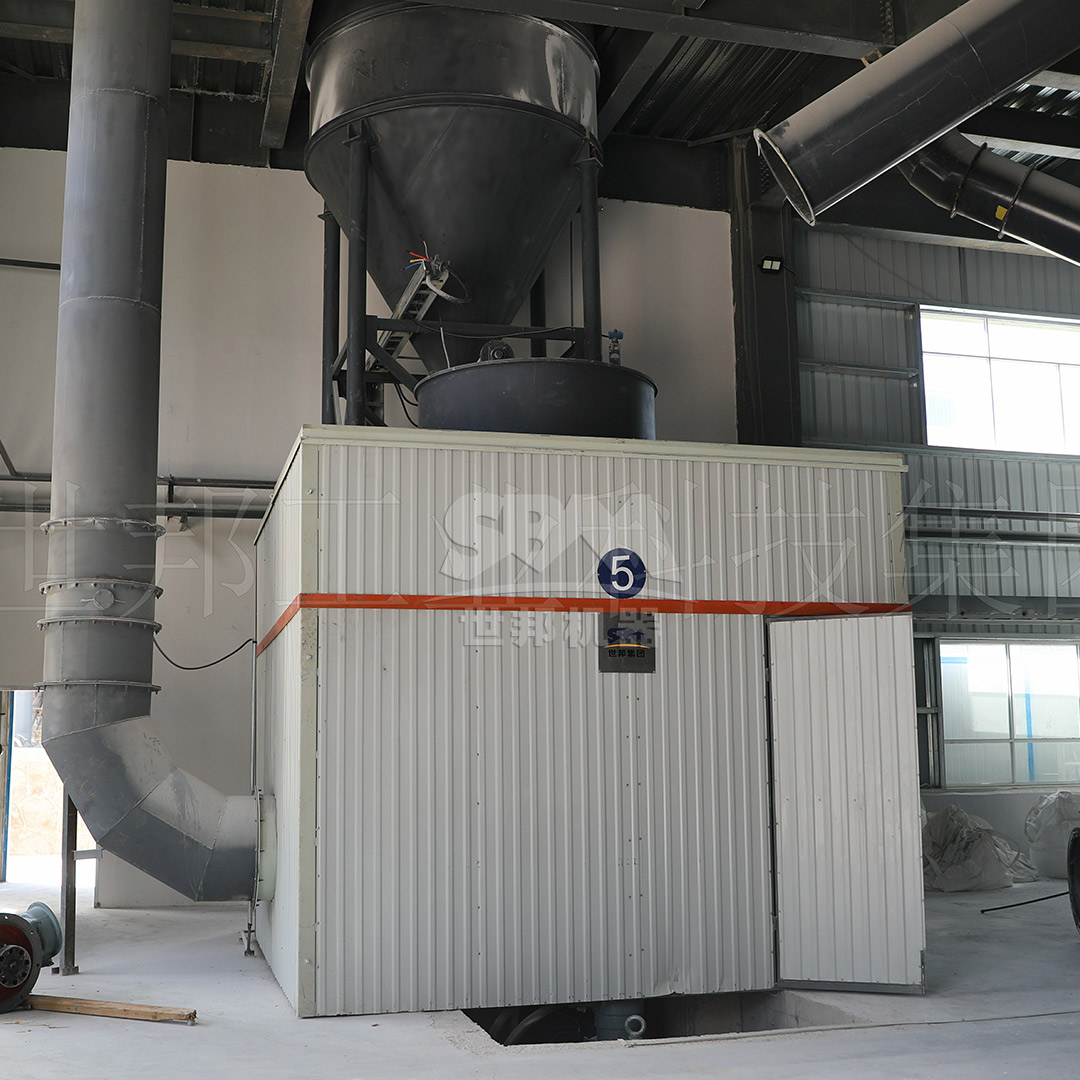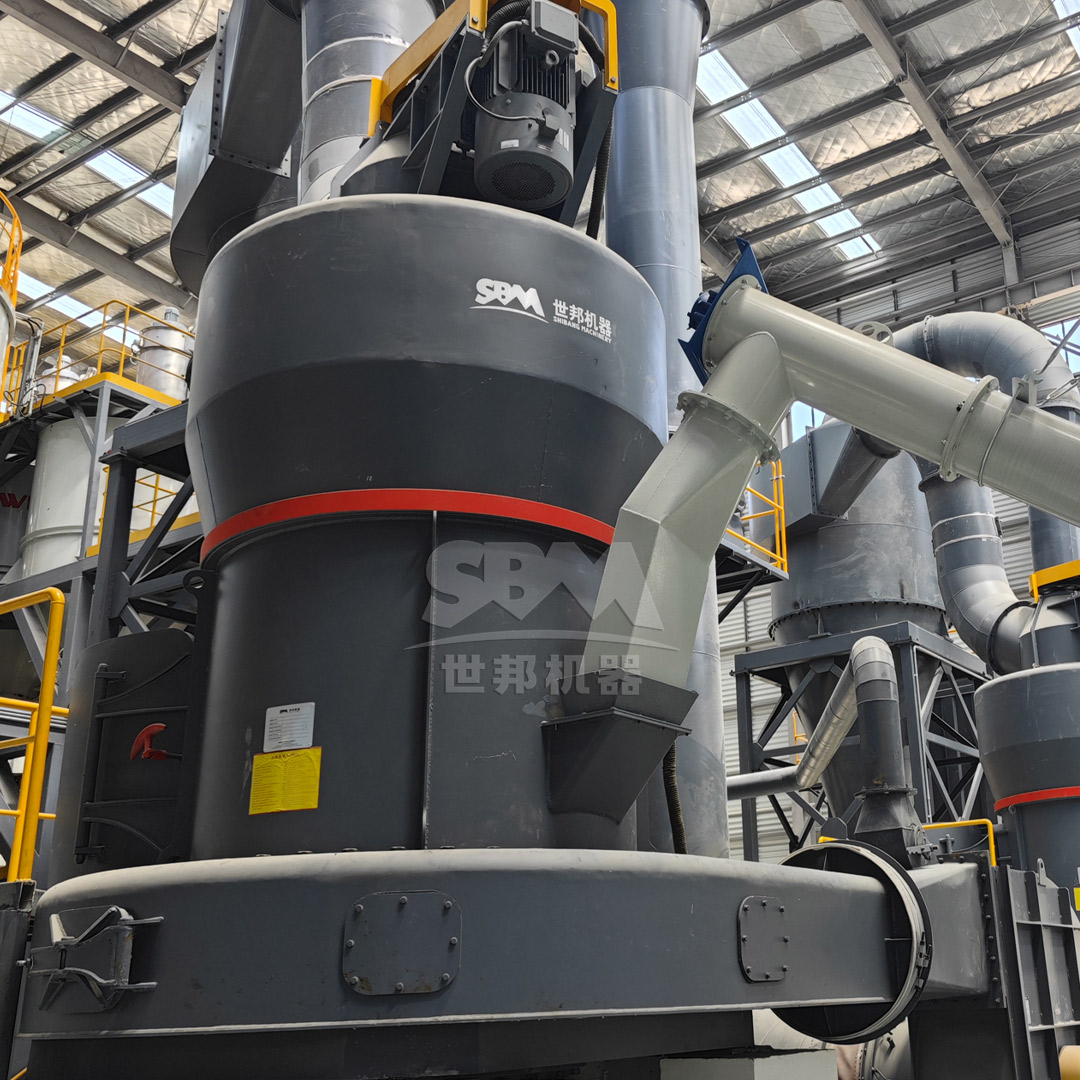Kaolin, a naturally occurring hydrated aluminum silicate, is a critical industrial mineral with extensive applications in the chemical and petrochemical sectors. Its unique properties, including chemical inertness, high brightness, and fine particle size, make it an essential raw material for catalysts, fillers, coatings, and adsorbents. The design of an efficient kaolin processing plant is paramount to achieving the desired product quality and operational economics. This article explores the key considerations in designing such a facility, with a focus on the comminution and classification stages, and highlights advanced equipment solutions that can optimize the process.

The transformation of raw kaolin clay into a high-value product for chemical applications involves several critical stages:
Kaolin is typically extracted via open-pit mining. Consistent product quality is achieved through careful blending of ore from different deposits to minimize variations in chemical composition and physical properties.
This stage involves removing impurities like silica, iron oxides, and titanium dioxide to enhance the clay’s brightness and chemical purity. Common techniques include:
After purification, the kaolin slurry is dewatered and dried. Spray dryers are commonly used to produce soft, porous granules ideal for further processing or shipment.
Thermal treatment at high temperatures (1000–1100°C) alters the structure of kaolin, converting it to metakaolin or mullite. Calcined kaolin exhibits increased hardness, abrasion resistance, and catalytic properties, making it valuable for specific chemical processes.
The most crucial step for many chemical applications is achieving a precisely controlled, ultra-fine particle size distribution (PSD). The choice of grinding technology directly impacts product performance, energy consumption, and overall plant efficiency.
For ultra-fine grinding requirements, particularly for high-value chemical applications, the SCM Series Ultrafine Mill represents an optimal solution. This mill is engineered to produce powders in the range of 325-2500 mesh (45-5µm) with exceptional efficiency and precision. Its core advantages include high-energy efficiency (30% less energy consumption compared to jet mills), high-precision classification via a vertical turbine classifier ensuring no coarse powder mixing, and a durable design with special material rollers and grinding rings that significantly extend service life. Furthermore, its eco-friendly design features pulse dust removal exceeding international standards and noise levels below 75dB. With models like the SCM1250 offering a capacity of 2.5-14 ton/h, it is perfectly suited for modern kaolin processing lines demanding high output of premium-grade ultra-fine powder.

Following grinding, efficient classification is vital. Air classifiers are integrated with the mills or used as standalone units to ensure the final product meets the exact PSD specifications required for catalysts or polymer fillers.
When designing a plant for petrochemical-grade kaolin, several additional factors must be considered:
| Design Factor | Consideration | Implication |
|---|---|---|
| Product Consistency | Rigorous PSD and chemical purity control. | Requires robust process control systems (PCS) and automated sampling. |
| Contamination Control | Zero metallic contamination from equipment wear. | Mandates the use of ceramic or specialized alloy linings in process equipment. |
| Material Handling | Handling of both slurry and dry powder. | Design for corrosion-resistant piping, slurry pumps, and dust-free powder conveying systems. |
| Flexibility | Ability to produce multiple product grades. | Modular design with flexible circuit configurations is advantageous. |
For the initial size reduction of run-of-mine kaolin to a manageable feed size for finer grinding, a robust and efficient crusher is essential. Our MTW Series Trapezium Mill is an excellent choice for this intermediate grinding stage. It can handle input sizes up to 50mm and efficiently reduce them to a fineness of 30-325 mesh (0.6-0.038mm), making it ideal for preparing feed for ultra-fine mills or producing mid-range products. Its key features include an anti-abrasion shovel design with combined shovel blades that lower maintenance costs, an optimized curved air channel that reduces energy loss and improves transmission efficiency, and a convenient integral gear transmission system with 98% transmission efficiency. Models like the MTW215G offer high capacities of 15-45 ton/h, ensuring a reliable and efficient size reduction process at the heart of the plant.
The design of a kaolin processing plant for the chemical and petrochemical industries is a complex undertaking that balances metallurgical performance, energy efficiency, and capital/operational expenditures. Success hinges on selecting the right technology for each stage of the process, particularly comminution. Advanced grinding mills, such as the ultra-fine SCM series and the versatile MTW series, are critical components that enable producers to meet the stringent specifications of these high-value markets. By integrating efficient, durable, and precise equipment into a well-engineered flow sheet, operators can ensure the production of consistent, high-quality kaolin products that drive innovation and performance in countless chemical applications.
